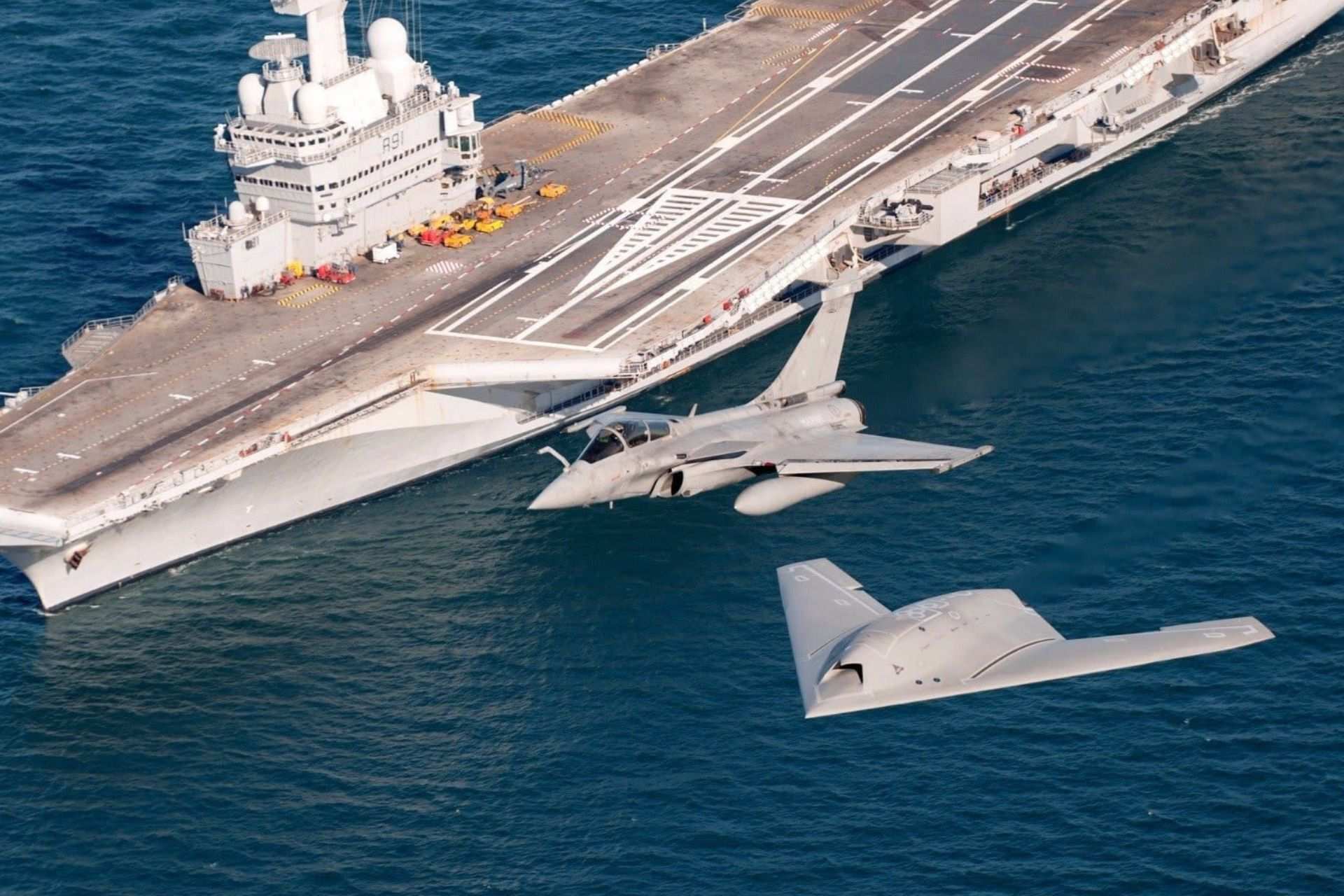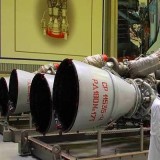Dassault’s Neuron Combat Drone Resumes Operations to Shape Future of French Air Forces

{loadposition bannertop}
{loadposition sidebarpub}
According to information published by Challenges magazine on December 4, 2024, after a decade of successful trials and a brief period in storage, the Neuron stealth combat drone demonstrator, developed by Dassault Aviation, is set to resume operations. This strategic decision marks a critical step in the advancement of French aerial capabilities as the Ministry of Armed Forces prepares for the deployment of a future stealth drone to operate alongside the Rafale fighter jet in its F5 configuration, planned for the early 2030s.
Follow Army Recognition on Google News at this link
The DGA plans to contract Dassault to reactivate the Neuron, bolstering France’s combat drone leadership (Picture source: Dassault)
The Neuron, a flying testbed, demonstrated its capabilities between 2012 and 2022, completing 170 test flights. These trials validated groundbreaking technologies, including advanced stealth features, controlled autonomy, and integration into connected command environments. Currently stored at Air Base 125 in Istres, the drone will soon be restored for a new series of tests. The French Defense Procurement Agency (DGA) is expected to grant Dassault Aviation a contract to reactivate the demonstrator, reaffirming France’s standing among global leaders in combat drone development.
Developed through an ambitious European partnership involving six countries—France, Italy, Sweden, Spain, Greece, and Switzerland—the Neuron is more than a technological program. It has enabled European engineering teams to sustain and enhance advanced technological expertise. Its achievements include precision strikes from an internal weapons bay, stealth evaluation against radar and infrared threats, and autonomous air-to-ground missions. The program also highlighted the efficiency of an innovative industrial management model based on integrated digital collaboration among European partners.
The Neuron’s return coincides with a significant announcement: the development of a combat drone to complement the Rafale F5, the future iteration of France’s flagship fighter jet. Scheduled for operational readiness by 2033, this drone will embody next-generation military technologies. Drawing on the Neuron’s advancements, it will feature advanced stealth capabilities, close collaboration with piloted aircraft, and autonomous control with human oversight. This integration is designed to enhance the French forces’ technological edge in future conflicts.
France’s strategy places it as a key player in the evolving competition for combat drone technology. While the Neuron remains a demonstrator, it lays a foundation for industrial and operational sovereignty. By combining autonomous drone capabilities with piloted platforms, this initiative redefines aerial operations, making them more adaptable, responsive, and resilient.
This effort goes beyond technology validation. By reactivating the Neuron and advancing a new stealth drone, France demonstrates its foresight in addressing the demands of modern warfare. These innovations provide an immediate edge in aerial dominance while establishing a framework for the next generation of integrated systems, where drones and aircraft collaborate in swarms to navigate increasingly complex and digitalized battlefields. This technological ambition also highlights opportunities for broader European cooperation to remain competitive on the global stage.

{loadposition bannertop}
{loadposition sidebarpub}
According to information published by Challenges magazine on December 4, 2024, after a decade of successful trials and a brief period in storage, the Neuron stealth combat drone demonstrator, developed by Dassault Aviation, is set to resume operations. This strategic decision marks a critical step in the advancement of French aerial capabilities as the Ministry of Armed Forces prepares for the deployment of a future stealth drone to operate alongside the Rafale fighter jet in its F5 configuration, planned for the early 2030s.
The DGA plans to contract Dassault to reactivate the Neuron, bolstering France’s combat drone leadership (Picture source: Dassault)
The Neuron, a flying testbed, demonstrated its capabilities between 2012 and 2022, completing 170 test flights. These trials validated groundbreaking technologies, including advanced stealth features, controlled autonomy, and integration into connected command environments. Currently stored at Air Base 125 in Istres, the drone will soon be restored for a new series of tests. The French Defense Procurement Agency (DGA) is expected to grant Dassault Aviation a contract to reactivate the demonstrator, reaffirming France’s standing among global leaders in combat drone development.
Developed through an ambitious European partnership involving six countries—France, Italy, Sweden, Spain, Greece, and Switzerland—the Neuron is more than a technological program. It has enabled European engineering teams to sustain and enhance advanced technological expertise. Its achievements include precision strikes from an internal weapons bay, stealth evaluation against radar and infrared threats, and autonomous air-to-ground missions. The program also highlighted the efficiency of an innovative industrial management model based on integrated digital collaboration among European partners.
The Neuron’s return coincides with a significant announcement: the development of a combat drone to complement the Rafale F5, the future iteration of France’s flagship fighter jet. Scheduled for operational readiness by 2033, this drone will embody next-generation military technologies. Drawing on the Neuron’s advancements, it will feature advanced stealth capabilities, close collaboration with piloted aircraft, and autonomous control with human oversight. This integration is designed to enhance the French forces’ technological edge in future conflicts.
France’s strategy places it as a key player in the evolving competition for combat drone technology. While the Neuron remains a demonstrator, it lays a foundation for industrial and operational sovereignty. By combining autonomous drone capabilities with piloted platforms, this initiative redefines aerial operations, making them more adaptable, responsive, and resilient.
This effort goes beyond technology validation. By reactivating the Neuron and advancing a new stealth drone, France demonstrates its foresight in addressing the demands of modern warfare. These innovations provide an immediate edge in aerial dominance while establishing a framework for the next generation of integrated systems, where drones and aircraft collaborate in swarms to navigate increasingly complex and digitalized battlefields. This technological ambition also highlights opportunities for broader European cooperation to remain competitive on the global stage.




